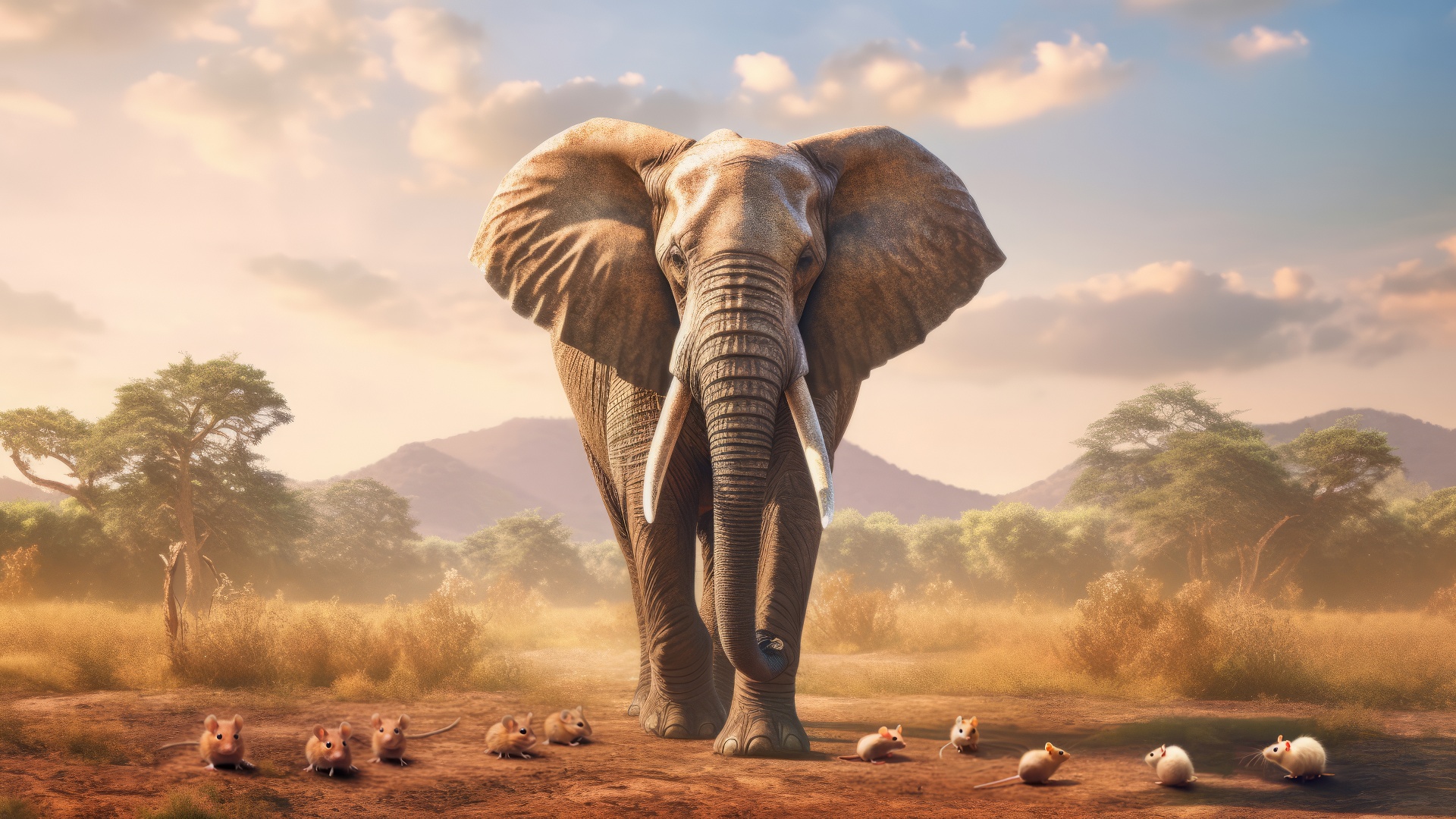Tag: Natural Selection
-

Facultative Adaptation
In the realm of biology, facultative adaptation refers to short-term, reversible changes organisms exhibit when faced with specific environmental signals. This adaptability distinguishes them from more permanent genetic modifications.
-

Batesian Mimicry
In Batesian Mimicry, a harmless species evolves to resemble a harmful one, thereby deterring predators. First articulated in 19th-century scientific research, this form of mimicry is governed by natural selection and frequently manifests in regions of high ecological diversity.
-

Müllerian Mimicry
In Müllerian mimicry, various harmful or unpalatable species come to resemble each other, amplifying mutual protection against predators. This adaptation arises from evolutionary pressures and has substantial impact on ecosystems and species interactions.
-

Character Displacement
In the realm of evolution, character displacement describes how closely related species differentiate to reduce competition within shared environments. This phenomenon, seen in diverse species like Galápagos finches, emerges chiefly from the challenges of resource competition and niche definition.
-

Adaptive Valley
The Adaptive Valley, central to evolutionary biology, represents a state of local optimum from which a population finds it difficult to evolve towards better fitness due to the interim lower fitness states. Mutations, genetic drift, and various evolutionary strategies aid this crossing, with applications extending to artificial intelligence and beyond.
-

Exaptation
Exaptation, a key concept in evolutionary biology, refers to the repurposing of existing traits for new functions. This process plays a significant role in both biological and cultural innovation, enabling rapid evolutionary responses. Its identification, however, is complicated due to the complexity of historical evolutionary pressures.
-

Environment of Evolutionary Adaptedness
The Environment of Evolutionary Adaptedness (EEA) refers to the historical conditions under which human traits evolved, typically related to the Pleistocene era. It provides a framework for understanding human behavior, cognition, and health from an evolutionary perspective.
-

The Extended Phenotype by Richard Dawkins
“The Extended Phenotype” by Richard Dawkins expands the concept of phenotype to include a gene’s effects on its environment. The book explores gene-centric evolution, the relationship between genotype and phenotype, and the complexities of natural selection.
